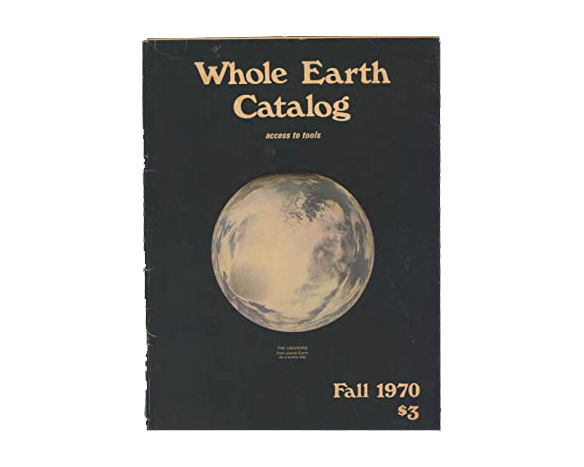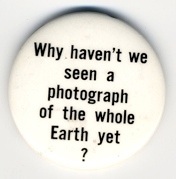

In the late 1960s, as the countercultural revolution reached its peak, The Whole Earth Catalog emerged as an unlikely yet pivotal force in shaping the ideals of a generation. At a time when rebellion against mainstream values was at the forefront, the Catalog served as both a guide and a manifesto for those seeking to disconnect from the urban hustle and embrace a more sustainable, back-to-the-land lifestyle. Its influence extended far beyond just a rejection of the status quo—it championed the idea that technology, when used with intention and in harmony with nature, could be a powerful tool for positive change. The publication featured a carefully curated selection of tools, books, and resources focused on ecology, appropriate technology, and self-sufficient living—ideas that now sit at the core of the modern environmental movement.

The Project began with a simple yet radical idea: to create a button that read, "Why haven’t we seen a photograph of the whole Earth yet?" This image, of our planet seen from space, would go on to shape the countercultural ethos of the time, encapsulating the interconnectedness of humanity and the environment. From that initial spark of inspiration the project would evolve into one of the most influential publications of the 20th century. The Catalog was a unique hybrid of a practical guide, philosophical manifesto, and cultural touchstone, offering readers tools for self-sufficiency, sustainable living, and a more harmonious relationship with the natural world. It quickly became an essential resource for those looking to live outside the confines of corporate consumerism, bridging the gap between the counterculture’s rejection of the mainstream and the growing awareness of environmental issues.

Stewart Brand, the mind behind the Catalog, went on to become a key figure in Silicon Valley, where his early advocacy for open access to information and collaborative problem-solving would play a foundational role in shaping the tech industry. Pioneers like Steve Jobs and Steve Wozniak drew inspiration from the Catalog’s vision, particularly its belief that "information wants to be free." This idea has since evolved into a defining principle of the digital age, particularly in the context of the internet and the free exchange of knowledge.

The legacy of The Whole Earth Catalog is undeniable, continuing to influence movements in environmentalism, DIY culture, and the broader pursuit of sustainability in modern life. Yet its true impact lies not just in its emphasis on green living, but in its broader message of empowerment—encouraging individuals to take control of their own lives and, in doing so, reshape the world around them. This ethos, grounded in the belief that knowledge and tools can catalyze meaningful change, remains as relevant today as it was when the Catalog first appeared.
